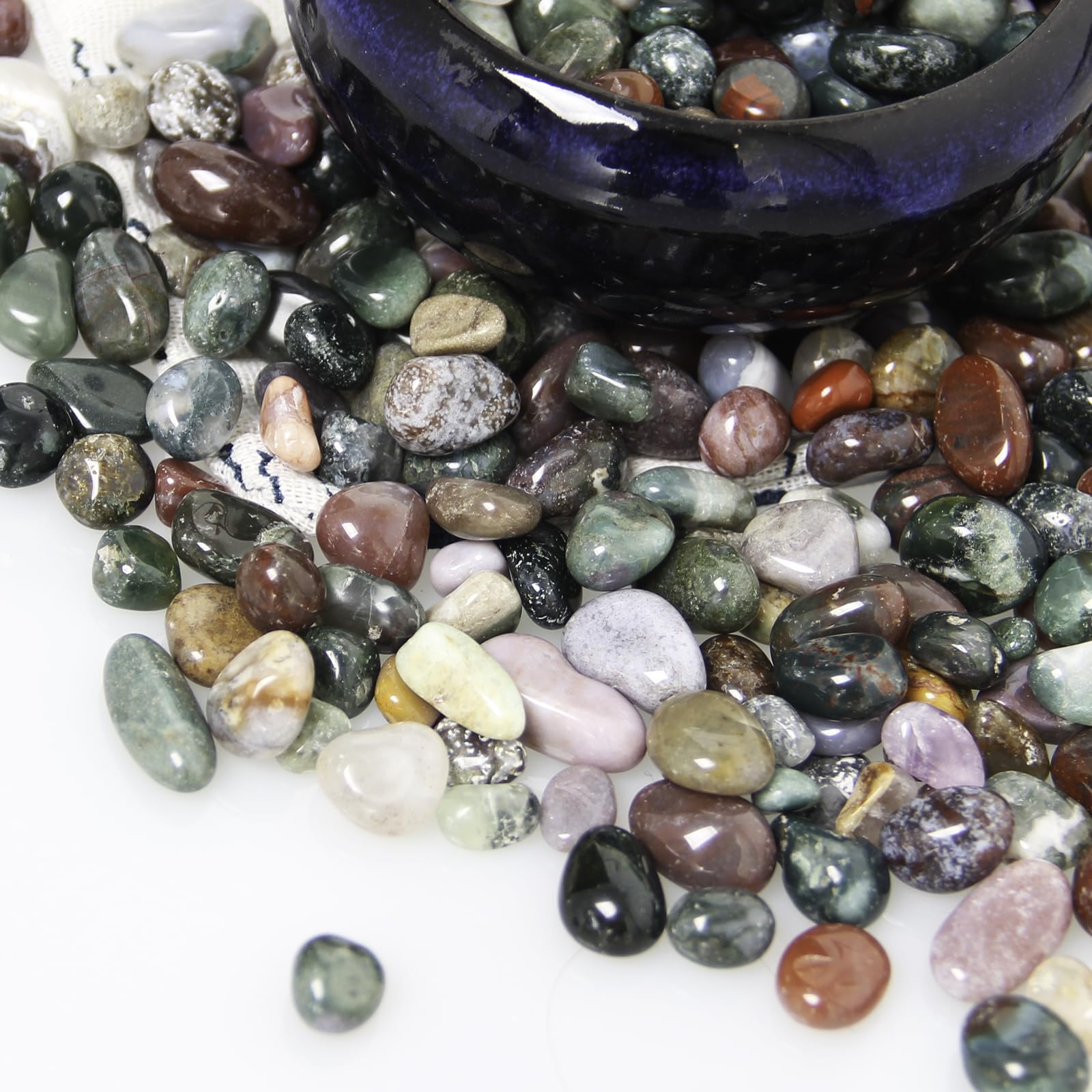
The Mystical Connection Between Lunar Deities, Myths, and Sacred Rituals
Dive into the enchanting realm of lunar deities, their myths, and their association with sacred herbs. Learn how the moon’s cycles influence rituals, healing, and spiritual connection in ancient and modern practices.
The moon, a luminous guardian of the night sky, has always captivated humanity with its shifting phases and serene beauty. Across cultures and centuries, the moon has been more than a celestial body; it is a powerful spiritual force and home to deities that embody mystery, cycles, and transformation. Exploring lunar deities and their connection to sacred herbs opens a portal into ancient rituals and timeless wisdom, revealing the depth of the moon’s influence on our lives.
The moon’s divine associations extend into mythology and ritual, where gods and goddesses like Selene, Artemis, and Hecate reign over the realms of intuition, magic, and cycles of life. By connecting with lunar deities and their sacred herbs, you can harmonize with the moon’s energies, enhancing your spiritual practices and aligning with nature’s rhythms.
Key Takeaways
- Lunar deities represent the moon’s spiritual power and its role in human existence.
- Myths and legends about the moon illuminate cultural reverence for its influence.
- Herbs and rituals connected to the moon help deepen your spiritual journey.
The Mythological Roots of Lunar Deities Across Cultures

Lunar Legends in Greek and Roman Traditions
In Greek mythology, Selene, the goddess of the moon, is often depicted driving a chariot across the night sky. She is the literal personification of the moon, radiating feminine energy, mystery, and magic. Selene’s ethereal presence is woven into Greek poetry and rituals, symbolizing cycles of life and introspection.
Artemis, another prominent Greek deity, blends lunar and terrestrial elements. As the goddess of the hunt and wilderness, Artemis is connected to the moon’s guiding light and its ability to illuminate hidden paths. In Roman mythology, Diana fulfills a similar role, embodying both the moon and the spirit of wild nature.
Lunar Mysticism in Eastern and Indigenous Beliefs
In Chinese mythology, Chang’e is celebrated as the moon goddess who ascended to the lunar sphere after consuming an elixir of immortality. Her story symbolizes transcendence and the pursuit of higher wisdom. Similarly, Inuit legends honor Alignak, a moon deity who governs natural phenomena like tides and weather, reflecting the moon’s profound impact on Earth’s rhythms.
These myths showcase the moon’s universal significance as a source of guidance, transformation, and balance, inspiring spiritual practices across the globe.
Lunar Deities in Art, Literature, and Symbolism

Depictions of Lunar Gods and Goddesses in Art
Artistic expressions of lunar deities often highlight their celestial and mystical qualities. Paintings and sculptures of Selene and Diana frequently feature crescent moons, flowing robes, and elements of the natural world. These depictions capture the moon’s duality as both a nurturing and enigmatic force.
Literature’s Homage to the Moon
From Ovid’s poetry to contemporary fantasy novels, lunar deities have inspired countless works of literature. Their stories convey themes of love, mystery, and transformation, mirroring the moon’s cyclical journey across the sky.
Cultural Symbolism of the Moon
Across cultures, the moon symbolizes femininity, intuition, and the subconscious. Its phases mirror the cycles of life, from birth to renewal, making it a potent symbol of growth and change. Lunar deities embody these qualities, offering spiritual guidance through life’s transitions.
The Role of Herbs in Lunar Rituals
Sacred Herbs and Their Lunar Connections
Herbs have long been used to honor lunar deities and amplify moon rituals. Their natural energies align with the moon’s phases, enhancing spiritual practices and connecting practitioners to lunar vibrations.
- Mugwort (Artemisia vulgaris): Associated with intuition and dreamwork, mugwort is a favorite in rituals honoring the full moon.
- Jasmine: Its delicate, night-blooming flowers reflect the moon’s purity and are often used in love and healing spells.
- Evening Primrose: Symbolizing fertility and renewal, evening primrose is ideal for rites celebrating the waxing moon.
Creating Herbal Offerings
Incorporating herbs into your lunar rituals can take many forms. Burn them as incense, brew them into teas, or create herbal sachets to carry their energies with you. Each herb’s unique properties can help you align with specific lunar phases and intentions.
Phases of the Moon and Their Ritual Significance

The New Moon: Beginnings and Introspection
The new moon, a time of darkness, symbolizes potential and fresh starts. It’s the perfect phase for setting intentions and planting the seeds of new endeavors. Incorporate herbs like sage for purification and lavender for clarity to enhance your new moon rituals.
The Waxing Moon: Growth and Manifestation
As the moon grows, so does its energy, supporting goals and aspirations. Use this phase to focus on growth and attract abundance. Herbs like basil and rosemary, known for their prosperity-boosting properties, are excellent companions during the waxing moon.
The Full Moon: Power and Gratitude
The full moon is a time of heightened energy and manifestation. It’s ideal for spells, divination, and expressing gratitude. Incorporate jasmine and moonstone into your rituals to amplify the full moon’s potent magic.
The Waning Moon: Release and Reflection
As the moon fades, its energy turns inward, encouraging release and introspection. This phase is perfect for banishing negativity and clearing space for new beginnings. Use herbs like black tourmaline for protection and mugwort for dreamwork to align with the waning moon’s energies.
The Moon’s Influence on Natural Elements
The Moon and Water: A Celestial Dance
The moon’s gravitational pull governs tides, symbolizing its connection to water and emotions. Lunar deities often oversee bodies of water, reflecting their influence over the subconscious and intuition.
Herbs and Crystals in Lunar Practices
- Selenite and Moonstone: These crystals resonate with lunar energy, enhancing intuition and emotional balance.
- Sage and Lavender: Perfect for cleansing and creating sacred spaces, these herbs align with the moon’s purifying energies.
Animals Sacred to Lunar Deities
Lunar deities are often associated with animals that embody their qualities:
- Hares and Wolves: Symbols of intuition and mystery.
- Cats: Revered for their independence and connection to the spiritual realm.
Rituals for Healing and Transformation
Healing Under the Full Moon
The full moon’s light is believed to have soothing and healing properties. Create moon water by leaving a bowl of water under the moonlight, then use it for cleansing rituals or to recharge crystals.
Transformative Power of the Dark Moon
The dark moon, a time of introspection, invites you to confront and release what no longer serves you. Use this phase for shadow work and connecting with deities like Hecate, who guides transformation and renewal.
Meditation and Reflection with Lunar Energy
Meditation under the moon enhances self-awareness and spiritual connection. Focus on the moon’s light to calm the mind and access deeper levels of consciousness.
Lunar Magic and Modern Practices

Incorporating Lunar Energy into Daily Life
Align your daily routines with the moon’s phases to harness its energies. From journaling during the new moon to practicing gratitude under the full moon, these practices foster a deeper connection to lunar cycles.
Modern Worship of Lunar Deities
Today, lunar deities continue to inspire spiritual practices. Pagans, witches, and seekers invoke their energies in rituals, honoring their timeless wisdom and guidance.
Myths and Legends in Contemporary Media
Lunar deities have found new life in modern storytelling, appearing in books, films, and video games. These portrayals keep their ancient magic alive, connecting contemporary audiences to their enduring mystique.
Embracing the Moon’s Magic
The moon’s beauty and power transcend time, offering guidance and inspiration through its phases and deities. By exploring lunar myths, connecting with sacred herbs, and honoring the moon’s cycles, you can align with its transformative energies and deepen your spiritual journey. Let the moonlight guide you as you embrace its magic and mystery.


 https://witchyhour.com
https://witchyhour.com